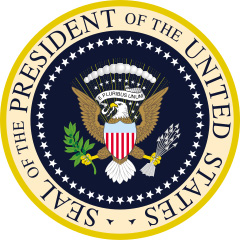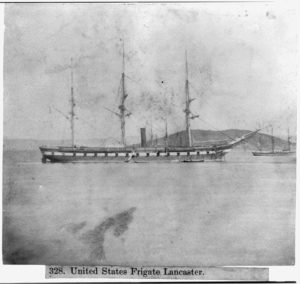Jim Rhetta & Alan Sissenwein on “The Worst Generals of the Civil War, Part I”
Most authors of the Civil War have focused on presenting the best Generals of the Civil War and their traits that led to that status. They focus heavily on Lee, Grant, Sherman, and Jackson as books on them abound. This focus overlooks the fact that there were generals at the opposite end of the leadership spectrum who were ineffective leaders.
For this presentation Alan Sissenwein will present some of the worst Federal generals and Jim Rhetta will cover the worst of the Confederate generals. What made these generals selected for that status include bad leadership, bad battlefield results, poor decision-making, abrasive personalities, and abuse of subordinates. This will also cover the factors that allowed for bad Generals to emerge and in some cases the inability to remove them from senior leadership positions.
Jim Rhetta retired from Lockheed Corp, and also retired from the USAF Reserve as a Colonel in the Intelligence Community. In both careers he monitored, analyzed, and reported on global conflicts and crisis for the DoD Community. His careers required him to write threat assessments, weekly activity reports, and publish classified documents. He continues to study both current events and historical subjects for their impacts on us today. He has produced several presentations for Round Tables, including “Civil War Newspapers, the first use of Open Source intelligence”, “The Blockade and its Effectiveness”, “Tracing Slave Family History,” and “Attack and Die, Cultural Influences on Civil War Combat.”
Alan Sissenwein, a native Californian, is a professional writer who has been a member of the South Bay Civil War Round Table since 1997. He has a bachelor’s degree in history from UC Berkeley and a master’s degree in journalism from Northwestern University. Although he has been fascinated by history since he was a teenager, his interest in the Civil War only took root during his last semester of graduate school, which was spent in Washington D.C. He likes to say that in California the Civil War is an abstraction but on the East Coast it’s a presence. He has previously given talks to the South Bay Civil War Round Table on such subjects as George Armstrong Custer and George Brinton McClellan.



